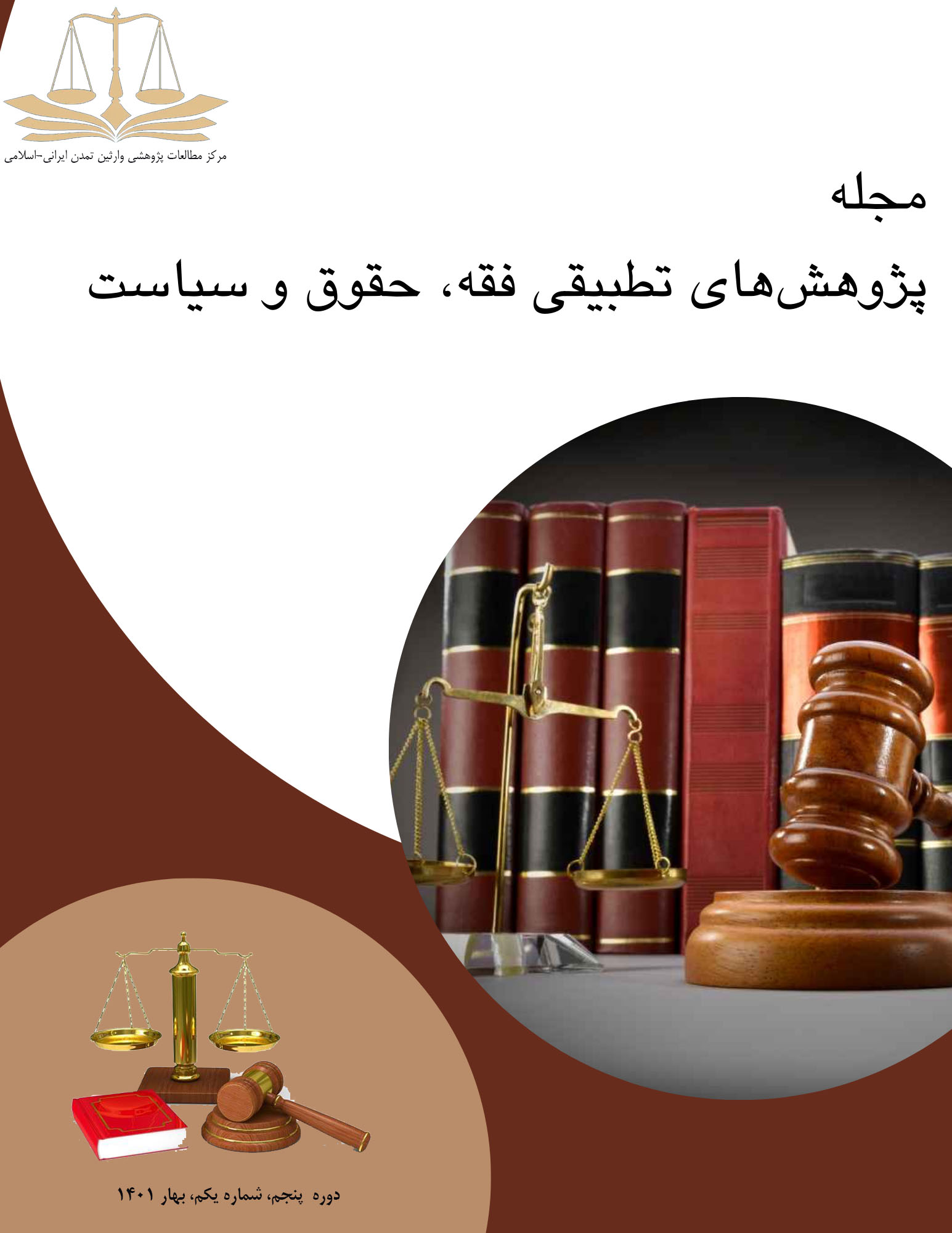Communication with Non-Mahram in Cyberspace from the Perspective of Shiite Jurisprudence
Keywords:
Cyberspace, Communication with Non-Mahram, Shiite Jurisprudence, Religious SupervisionAbstract
Cyberspace, as a new phenomenon in the era of communication, has had widespread impacts on social, cultural, and individual relationships. One of the major challenges posed by this space is the issue of illicit communication between non-mahrams, which can have significant negative consequences for both individuals and society. This article examines communication with non-mahrams in cyberspace from the perspective of Shiite jurisprudence and aims to provide solutions for managing these interactions in the digital environment by analyzing relevant legal rulings. The study explores the features of cyberspace and compares it with the physical world, analyzing jurisprudential principles such as the prohibition of unnecessary gaze, touch, and seclusion with non-mahrams in this space. Additionally, given the influence of cyberspace on human relationships, the paper suggests several jurisprudential solutions for regulating and monitoring users' activities, such as promoting ethical teachings, religious supervision, utilizing regulatory tools like filtering, and developing deterrent laws. Finally, the article emphasizes the need for collaboration among religious, social, and judicial institutions to manage cyberspace in an ethical and legal manner, and highlights the importance of family and community in educating and explaining religious rulings to the younger generation.
Downloads
Published
Submitted
Revised
Accepted
Issue
Section
License
Copyright (c) 2025 فاطمه واحدی کبیری, مصطفی رجائی پور, محسن رزمی (نویسنده)

This work is licensed under a Creative Commons Attribution-NonCommercial-ShareAlike 4.0 International License.








